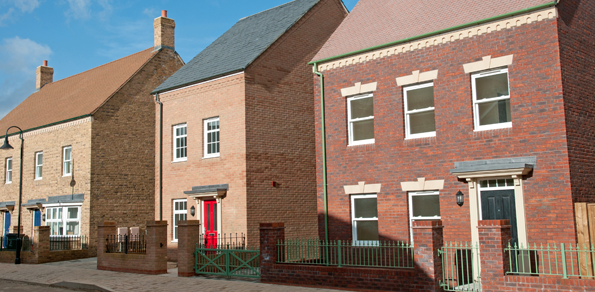NEW RESEARCH from The Strategic Land Group (SLG) has shed light on the scale of developer contributions paid to Greater Manchester councils – and the £36.8 million still unspent.
The research also reveals that the number of homes proposed in the new Greater Manchester Spatial Framework (GMSF) could see as much as £390 MILLION raised for investment in local parks, road improvements and school places that wouldn’t otherwise take place.
Casting doubt on the popular misconception that developers, particularly house builders, deliver little that contributes to existing communities, the research reveals that developers paid Greater Manchester councils a total of £15.7million during the 2017/18 financial year. Trafford Council pulled in the highest level of developer contributions at £4.5million, while Bolton received just £19,300.
Discrepancy in the figures is due to different levels of development in each area. Across Greater Manchester as a whole, the average S106 contribution was £1,939 per home built.
Highways improvements attracted the highest levels of contributions, totaling £4.4million, but affordable housing, open space and education provision also attracted significant sums of money.
The research also sought to investigate how the money is spent – if at all. Eight councils in Greater Manchester (Wigan and Rochdale did not declare a figure) are holding £36.8 MILLION in developer contributions which have not yet been spent – equivalent to more than three times their receipts in the year being studied, suggesting that the money has been held for some time. Much of this could be returned to developers if it isn’t spent.
The amount still held by each authority varies widely – Tameside Council holds just £930,000, while Salford Council has an unspent pot of more than £11.8million – almost A THIRD of the regional total.
Manchester City Council and Trafford Council did not provide information on how much of the developer contributions received has been spent. The remaining eight local councils spent an average of more than £700,000.
Salford Council spent more than £2.3million, while Tameside Council spent less than £14,000 from contributions of £449,000. In Wigan, the use of settlement specific infrastructure assessments secured the payment of more than £1.6million for improvements in Standish, Goldborne and Lowton, much of which will be spent on the highways network. The £3.2million received in contributions by Salford City Council is not earmarked for any specific use.
Paul Smith, Managing Director of The Strategic Land Group, said: “There is a widely-held belief that developers contribute little to the communities in which they build new homes, which simply isn’t the case. Our research provides a snapshot of the funds paid to local authorities to invest in local communities – the most shocking aspect of the research is, in fact, the amount still unspent. Although the holding of contributions isn’t unusual, it appears that some councils have held their pots of money for some time, which will no doubt raise questions from communities, many of which continue to battle the effects of austerity. There will be questions asked around changing needs and whether a process is needed to divert S106 contributions to support other priorities.”
He continued: “It’s also worth noting that the number of new homes proposed by the GMSF is likely to require significant expenditure on community infrastructure, with as much as £390 million paid by developers. That’s a huge contribution towards roads, parks, school places and other infrastructure that wouldn’t otherwise take place. But for that money to have an impact, it’s important that local authorities spend the payments they receive.
“It’s clear that developers stump up a significant amount of money, but it’s vital to have transparency on how – and when – that money is spent by local authorities.”
Read the full research paper – https://strategiclandgroup.co.uk/developer-contributions-report/







